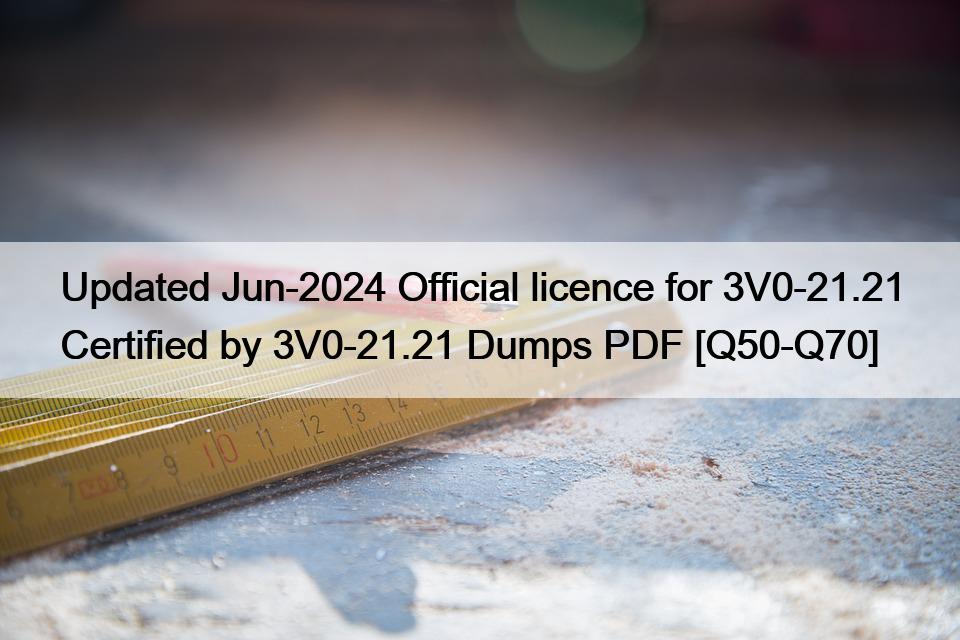Q65. An organization’s existing vSphere environments are configured for Enhanced Linked Mode. The DevOps team automates the creation of hardened virtual machine images for various operating systems. Their continuous integration/continuous delivery (CI/CD) pipeline runs a task at the end of a successful build, which uploads the Open Virtualization Format (OV) image to a sandbox content library, deploys a virtual machine from the image, and then destroys these objects after quality checks are complete.
The following requirements have been noted:
All content libraries and images must be centrally created and managed.
All images must be capable of being updated.
All images must be refreshed and available to subscribed libraries within 24 hours.
All images must provide details of the image contents and versions.
All images must be capable of being reverted to a previous version.
All images must be capable of having the hardware and guest operating system customized during deployment.
Which three recommendations should the architect make to design a content library solution that will meet these requirements? (Choose three.)
